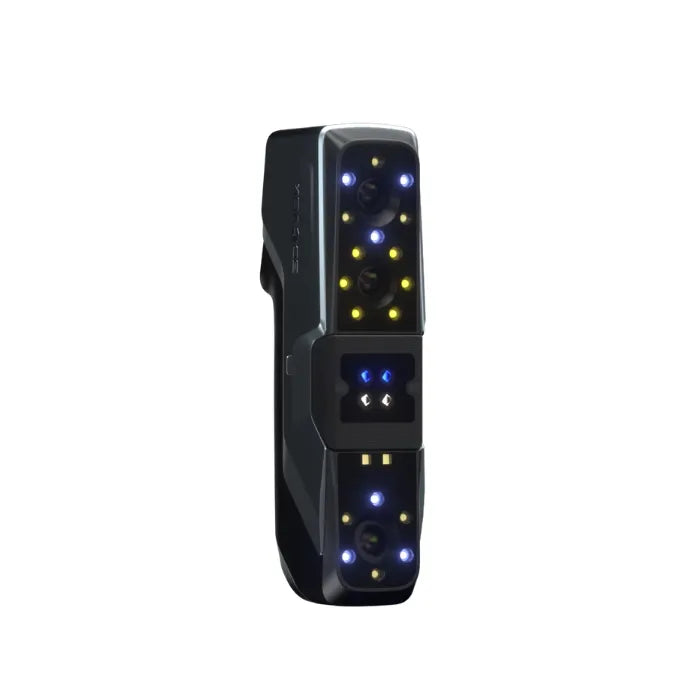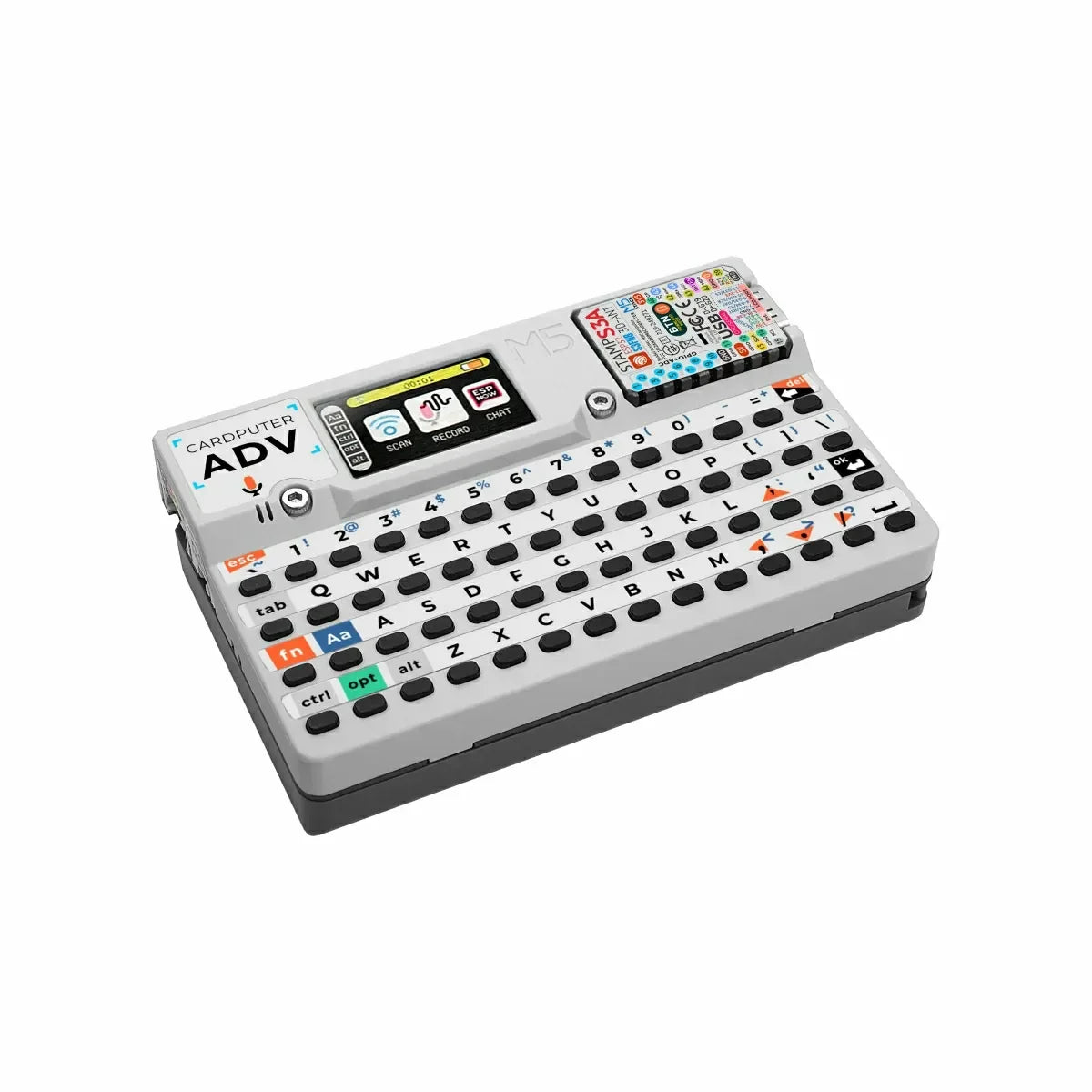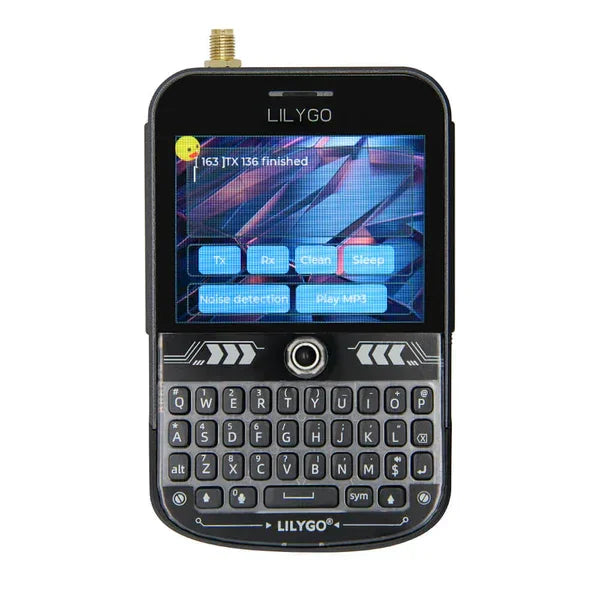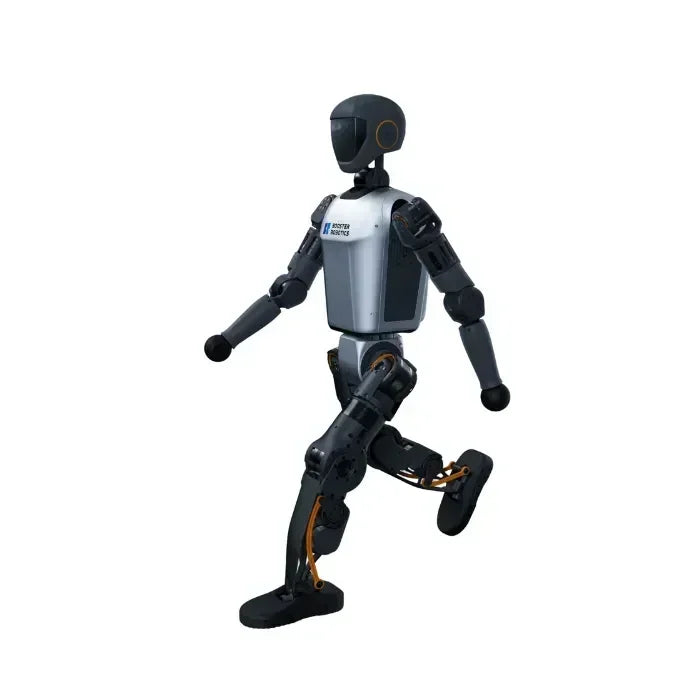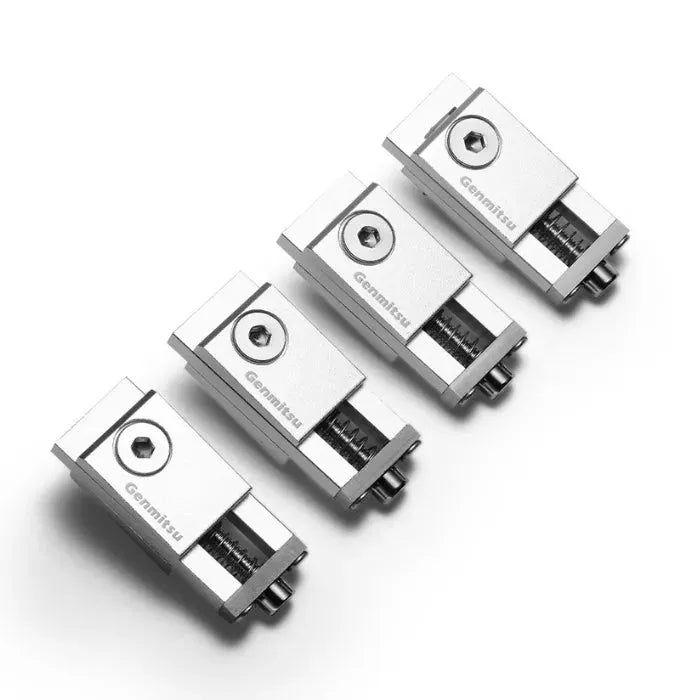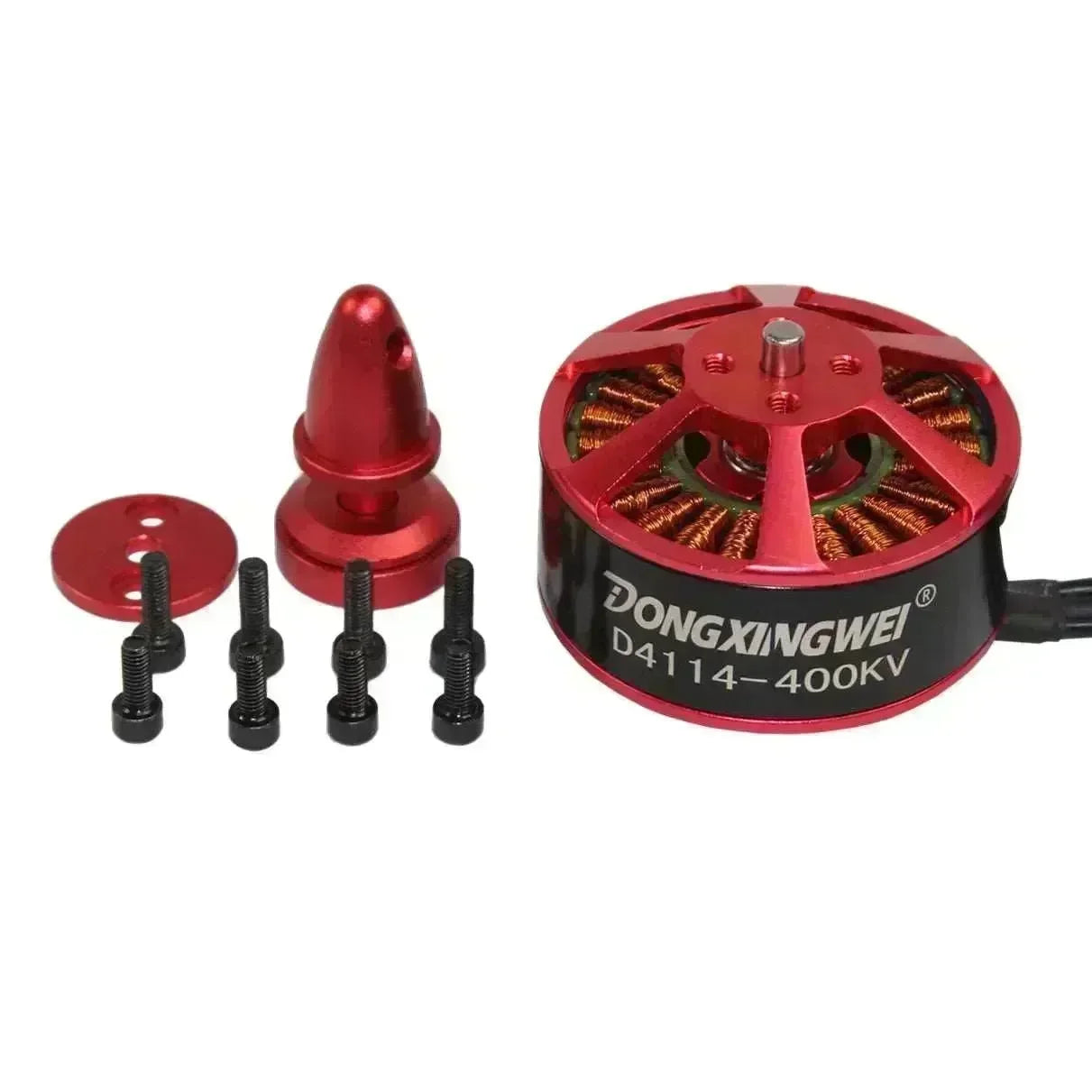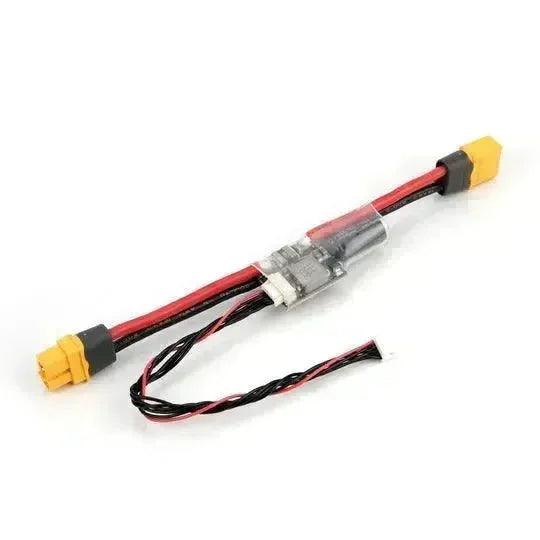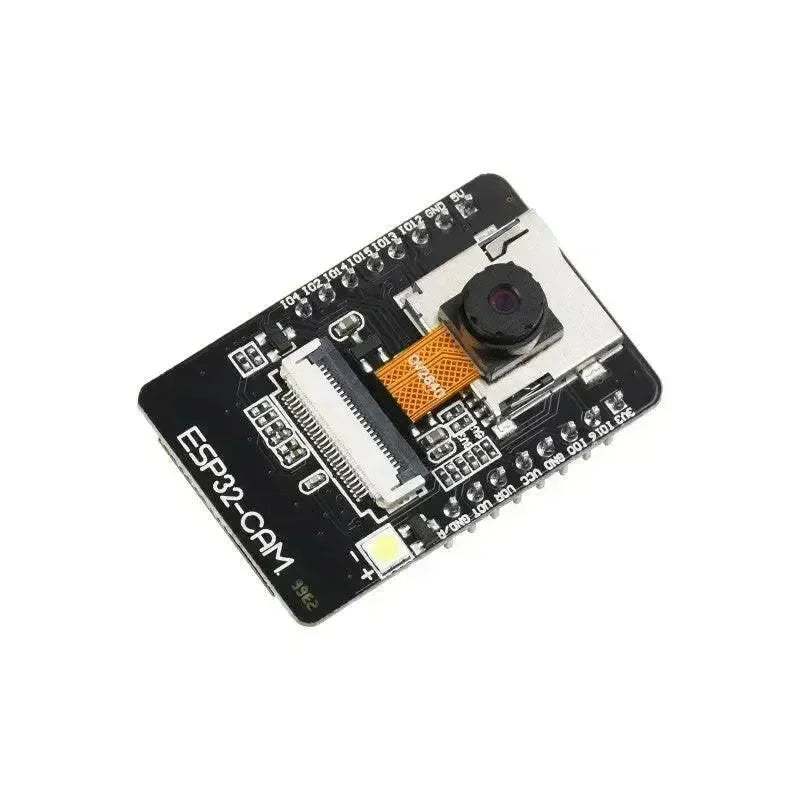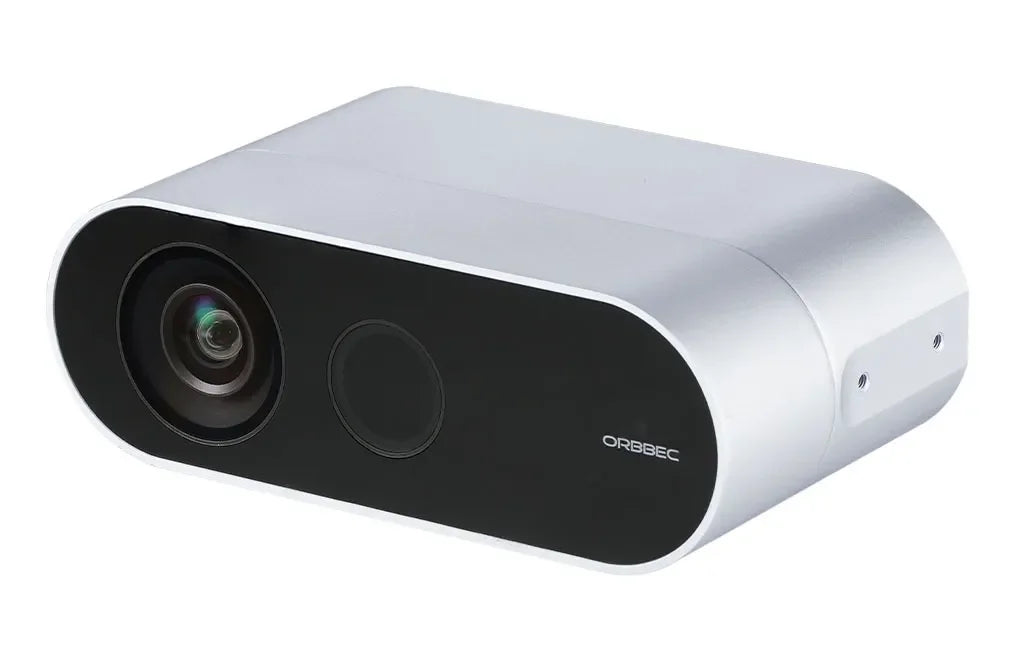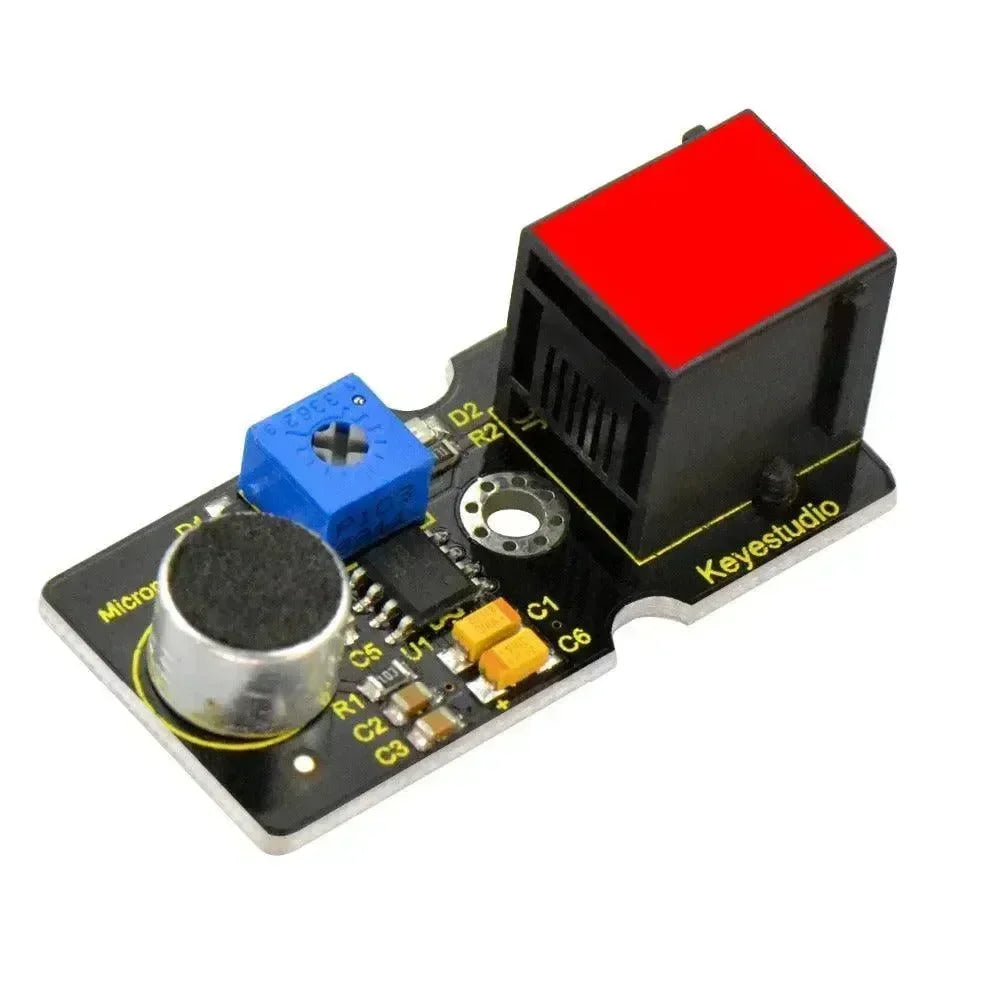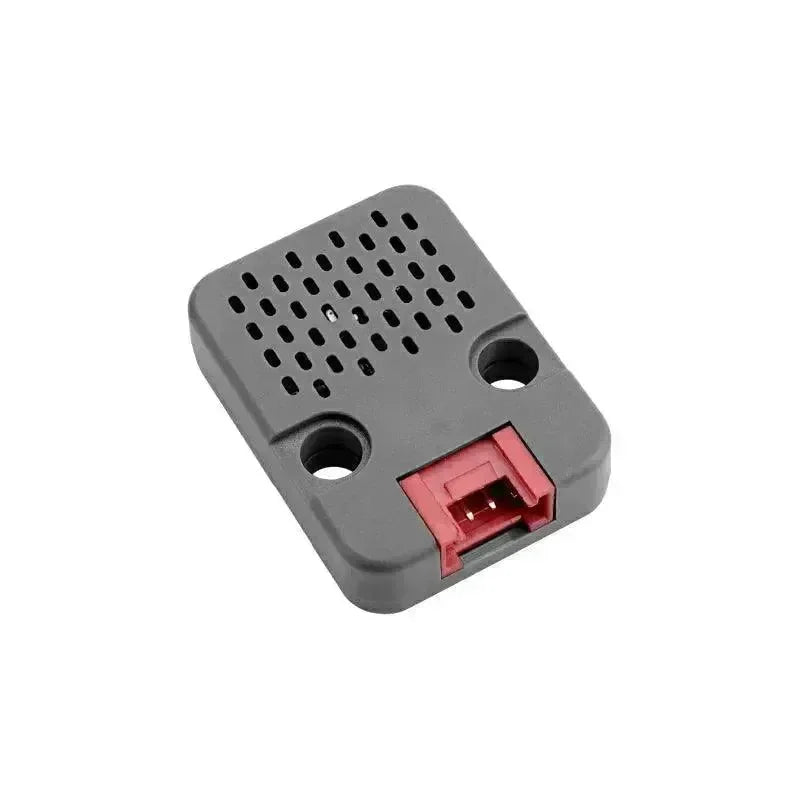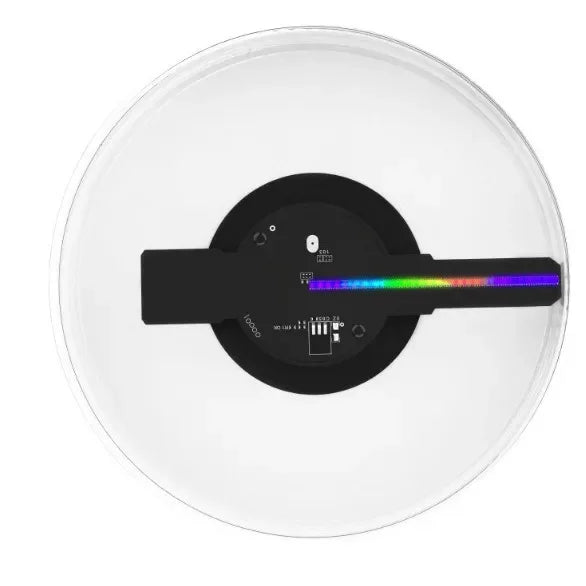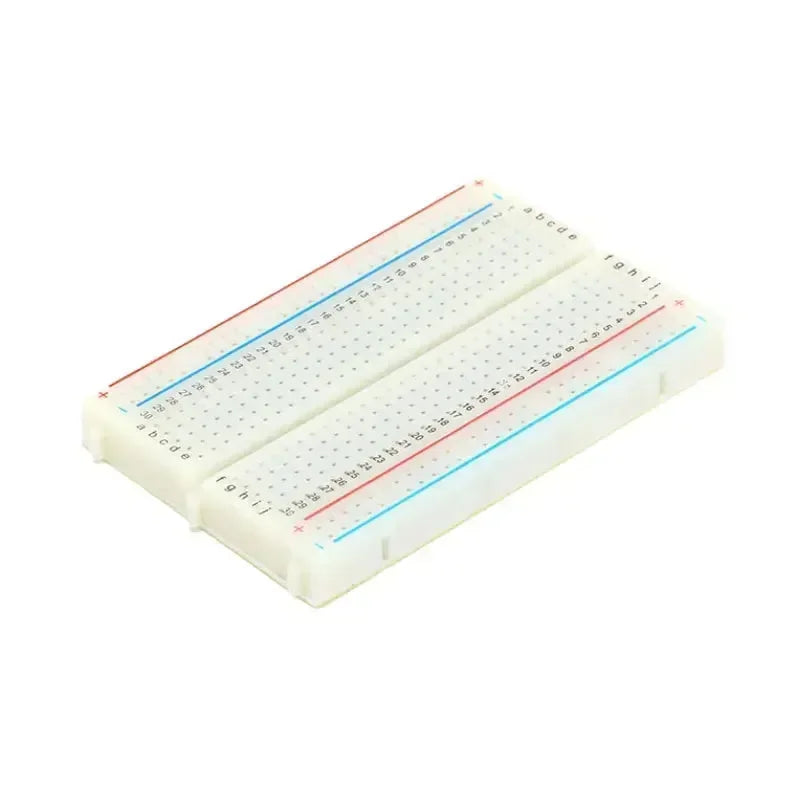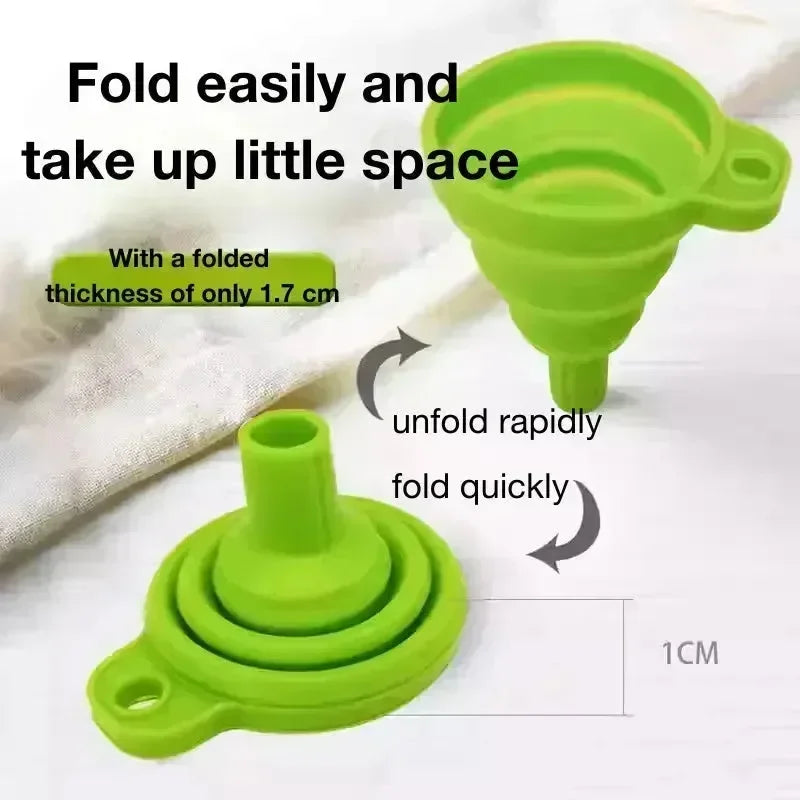Introduction
The ESP32-S series, ESP32-C series, and ESP8266 microcontrollers, designed by Espressif Systems, are popular choices for IoT development. Each offers unique features and caters to different types of projects. In this article, we’ll provide a detailed comparison between these series and answer key questions, including the differences between ESP32-C3 and ESP32-S3, and whether the ESP8266 is better than ESP32. Let’s dive in!

Overview of ESP32-S, ESP32-C, and ESP8266 Series
1. ESP32-S Series
The ESP32-S series is known for its powerful computing capabilities, AI support, and excellent wireless communication features. This series supports both Wi-Fi and Bluetooth LE, making it ideal for applications requiring both protocols.
- Popular Models: ESP32-S2, ESP32-S3
- Communication: Wi-Fi, Bluetooth 5.0 (S3 model)
- Performance: Dual-core (S3), up to 240 MHz
- AI Features: TensorFlow Lite support on ESP32-S3
- Special Features: USB OTG (S2), enhanced security features
Applications: Smart homes, AI cameras, voice recognition systems, IoT hubs, and robotics.
Target Audience: Advanced developers working on AI or multimedia applications requiring Bluetooth and Wi-Fi.
2. ESP32-C Series
The ESP32-C series focuses on low-cost and low-power applications. This series supports Wi-Fi and Bluetooth LE, making it a good option for simpler IoT projects that need basic connectivity but not as much processing power.
Applications: IoT sensors, smart home devices, wearable technology, and remote controls.
Target Audience: Makers and professionals developing low-power, secure IoT solutions.
3. ESP8266 Series
The ESP8266 is one of the most affordable Wi-Fi microcontrollers, widely used for simple IoT applications. While it lacks Bluetooth and some of the advanced features present in the ESP32 series, it remains a popular choice for beginners.
- Communication: Wi-Fi only
- Performance: Single-core, up to 160 MHz
- Special Features: Large online community and extensive documentation
Applications: Home automation, remote monitoring, and Wi-Fi-enabled sensors.
Target Audience: Beginners, hobbyists, and students learning about embedded systems.
Advantages of Each Series
| Feature | ESP32-S Series | ESP32-C Series | ESP8266 Series |
| Performance | High (Dual-core, AI support) | Medium (Single-core, secure) | Basic (Single-core) |
| Communication | Wi-Fi + Bluetooth LE | Wi-Fi + Bluetooth LE | Wi-Fi only |
| AI Features | TensorFlow Lite on ESP32-S3 | Limited | Not supported |
| Power Consumption | Higher | Low | Moderate |
| Price | Higher | Medium | Very Low |
| Applications | AI cameras, robotics, smart homes | IoT sensors, wearables, smart homes | Home automation, simple IoT devices |
What is the Difference Between ESP32-C3 and ESP32-S3?
The ESP32-C3 and ESP32-S3 are both part of the ESP32 family, but they serve different purposes.
- ESP32-C3:Processor: Single-core RISC-V at 160 MHzCommunication: Wi-Fi and Bluetooth 5.0Focus: Low-power, cost-effective, secure IoT solutionsSecurity: RSA-3072, AES-128, SHA-512 encryptionApplications: Wearables, smart sensors, and secure IoT devices
- ESP32-S3:Processor: Dual-core Xtensa at 240 MHzCommunication: Wi-Fi and Bluetooth 5.0Focus: AI, multimedia applications, and complex projectsSpecial Features: TensorFlow Lite support, USB OTG, and larger memoryApplications: AI cameras, smart speakers, and advanced IoT systems
Key Difference:
The ESP32-C3 focuses on low-power, secure, and affordable solutions, while the ESP32-S3 is designed for high-performance applications with AI capabilities and multimedia processing.
Is ESP8266 Better Than ESP32?
The ESP8266 is still widely used due to its low cost and simplicity, but the ESP32 series offers several significant improvements.
| Feature | ESP8266 | ESP32 (S and C Series) |
| Processing Power | Single-core at 160 MHz | Up to dual-core at 240 MHz |
| Communication | Wi-Fi only | Wi-Fi + Bluetooth 5.0 |
| Security | Basic (no encryption) | Advanced encryption support |
| Power Efficiency | Moderate | Improved low-power modes |
| Applications | Basic IoT projects | Complex AI and multimedia projects |
The ESP32 series is better suited for more advanced applications that require Bluetooth, better security, and higher processing power. However, ESP8266 remains an excellent choice for simple Wi-Fi projects and beginners due to its affordability and ease of use.
Which Series Should You Choose?
- For AI and complex multimedia projects: Go for the ESP32-S series. The advanced AI features and Bluetooth 5.0 make it suitable for smart cameras and IoT hubs.
- For low-power IoT applications: Choose the ESP32-C series. It strikes a balance between cost, performance, and security, making it perfect for wearables and IoT sensors.
- For simple projects or beginners: ESP8266 is the way to go. It’s affordable and supported by a large community, ideal for home automation and remote monitoring.
Conclusion
The ESP32-S series, ESP32-C series, and ESP8266 each cater to specific development needs. Whether you're building advanced AI-enabled devices, secure IoT sensors, or just starting with embedded systems, these microcontrollers offer a wide range of options to suit your project. Choose the series that aligns with your budget, performance requirements, and target application to ensure a successful build.By selecting the right microcontroller, you can maximize your project’s potential and take full advantage of Espressif’s robust ecosystem.
More Related Articles
Understanding ESP32-C3 and ESP32-S3: A Comprehensive Guide to Espressif’s IoT Powerhouses

